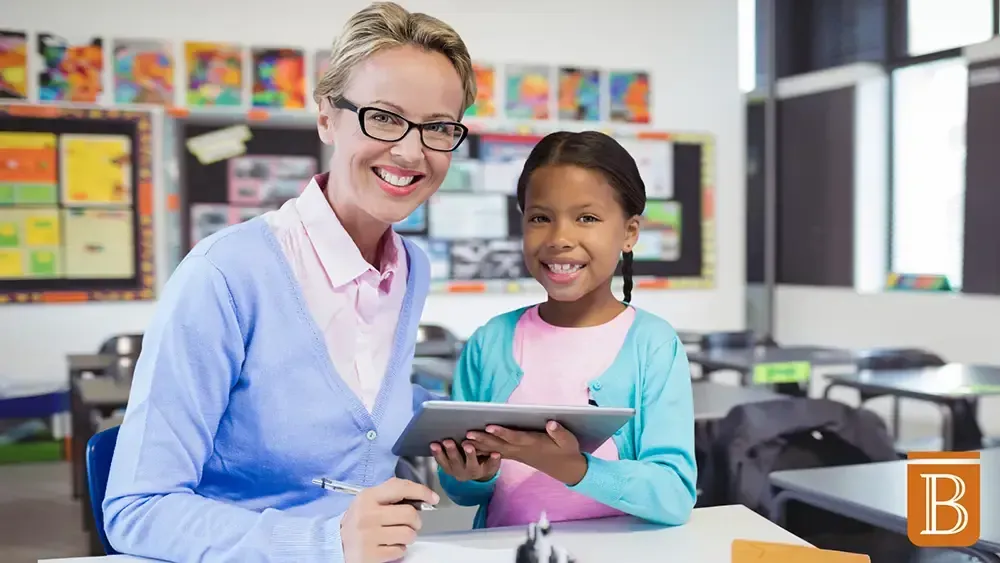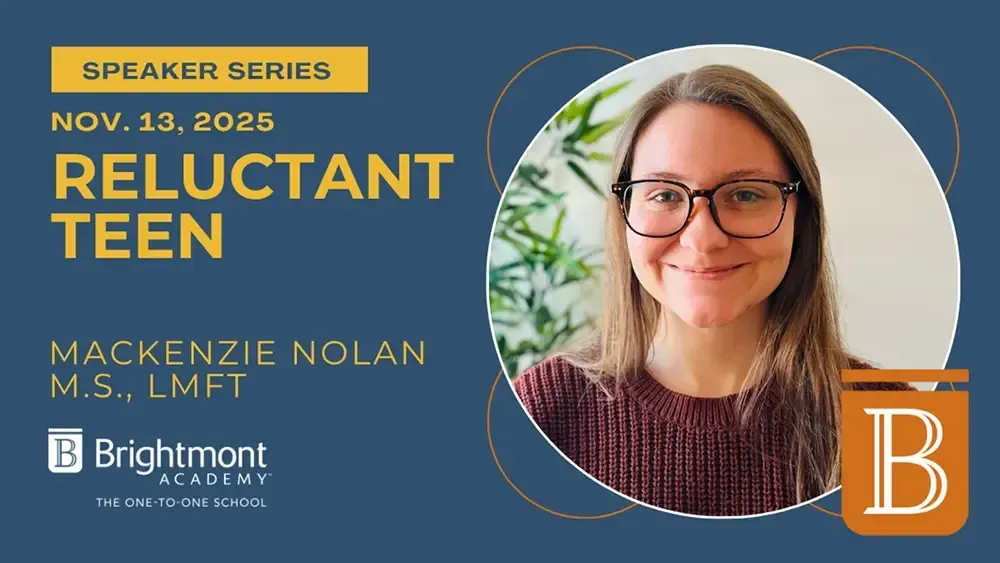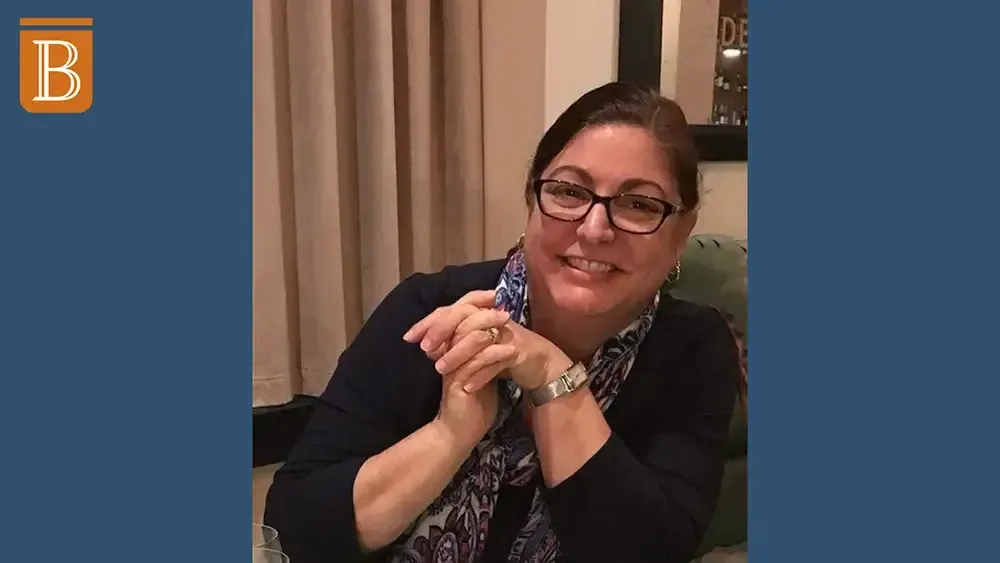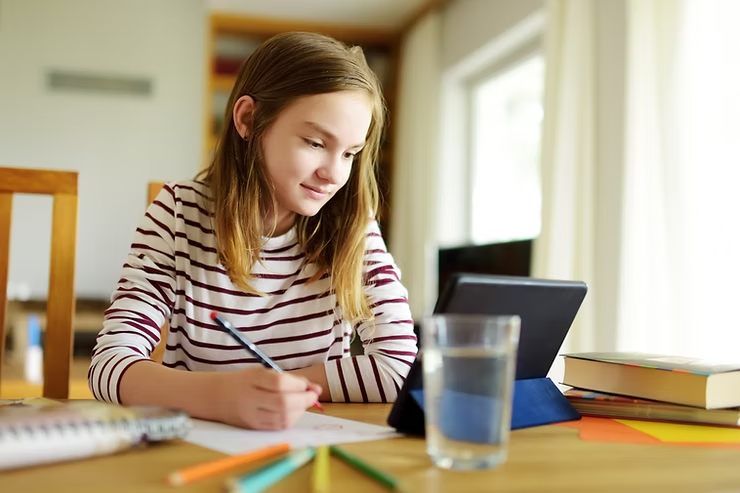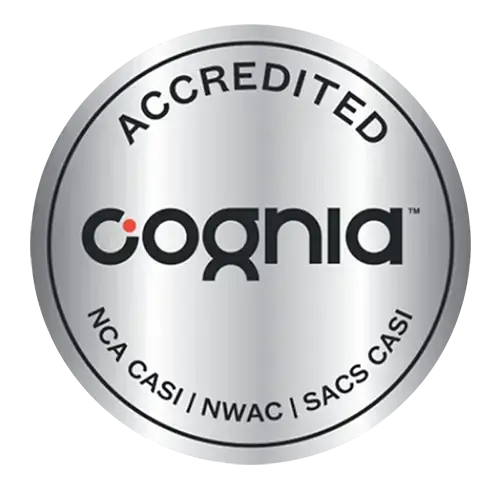The Top 5 Benefits of One-to-One Education for Middle and High School Students
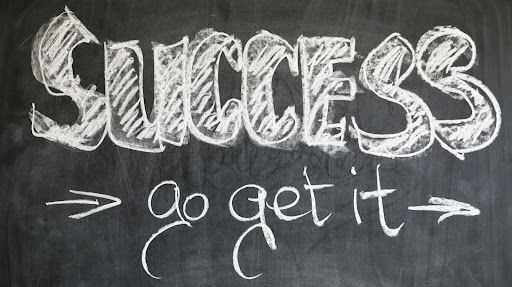
One-to-one instruction is custom, flexible, and supportive for middle school and high school students. Since success looks different for every family, understanding how quality educational support can impact outcomes is essential. In this article, I’ll explore the top five benefits of one-to-one instruction and how it supports long-term student success.
One: Immediate Feedback and Support
Teens are diverse learners with individual personalities; they need feedback and support. Wins are celebrated and mistakes become opportunities to grow. The latest research compiled, for The International Journal of Technology and Higher Education, with over a century of data states “Additionally, effective feedback should be personalized to meet individual learners’ needs and formative, delivered while students can still act on it to improve their performance.”(Weidlich et. al., 2025). Achievement becomes attainable through discussion, questions, and reteaching strategies.
Two: Mastery-Based Progression
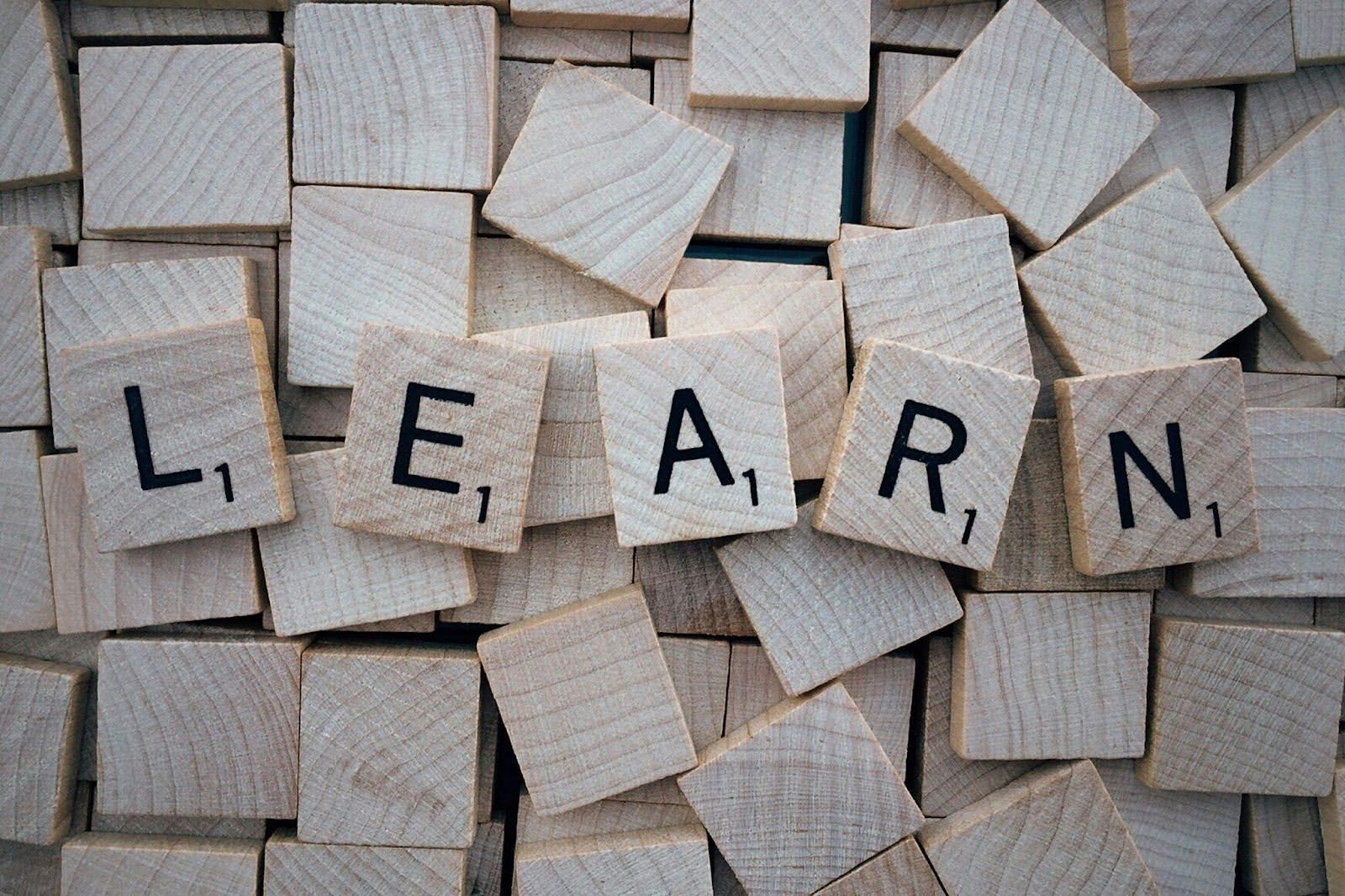
Students acquire a deeper understanding of the material because they move on when they are ready. In small classes students don’t have to wait for other students to move on. In a 2025 survey of teachers across the United States that Khan Academy conducted and reported on “Unlike in traditional classrooms, a student in mastery-learning or competency-based classrooms are not pushed ahead to the next subject or lesson until the student demonstrates knowledge or “mastery” of the current lesson. Mastery learning allows students to progress at a pace that’s right for them under the watchful eye of expert teachers who make decisions about instruction,” (Kuykendall 2025). Students and instructors also have the opportunity to slow down a lesson and ask questions in a small classroom and in a one-to-one setting.
Teachers Favor Mastery Learning Methods in Pandemic Recovery Efforts, Survey Shows
Three: Reduced Anxiety

Students can feel comfortable asking questions in small classes. They are supported by their teacher and know that asking questions will move along their mastery and success. They don’t have to worry about raising a hand, disrupting peers, or waiting until after class to ask a clarifying question.
Four: Confidence Boost
Small wins are gained in a one-to-one classroom from immediate feedback. Teachers check for understanding throughout the lesson to know whether or not to move on. Small wins lead to big wins, one lesson at a time. Confidence boosts lead to achievement, motivation, and optimism. Big goals start to feel within reach in this classroom model.
Five: Stronger Teacher-Student Relationships
In a one-to-one classroom there is more accountability for the student and teacher. The teacher learns the students interests and personality and instruction is tailored to the student at their pace based on their strengths and challenges. Middle school and high school students benefit from immediate feedback and support, mastery based progression, reduced anxiety, confidence boost, and stronger teacher-student relationships.
Brightmont Academy
Brightmont Academy offers one-to-one instruction to support student success. Diverse learners thrive when they receive the benefits of one-to-one education. Expert instructors are continuously preparing through professional development to meet their students’ needs. Inquire about Brightmont Academy’s expert curriculum team that adapt course materials for custom instruction delivery.
Middle school and high school students have diverse needs and benefit from custom instruction and flexible scheduling at Brightmont Academy.
Sources:
Kuykendall. (2022). Teachers Favor Mastery Learning Methods in Pandemic Recovery Efforts, Survey Shows. Technical Horizons in Education Journal.
Weidlich, J., Fink, A., Frey, A., Jivet, I., Gombert, S., Menzel, L., ... & Drachsler, H. (2025).
Highly informative feedback using learning analytics: how feedback literacy moderates student perceptions of feedback. International Journal of Educational Technology in Higher Education, 22(1), 43.

Rachel Pollock is an English and Social Studies Instructor at Brightmont Academy, freelance writer, and Chapter Advisor for Future Business Leaders of America. She holds a master’s degree in Psychology from American Military University and graduated with honors for research in social-emotional learning (SEL) in K–12 schools. With over six years classroom experience working with gifted and twice-exceptional (2E) students, Rachel brings professional insight and personal insight as a parent of gifted teens. She has elevated student voice through recognition in the Scholastic Art & Writing Awards reflecting her commitment to creativity, academic rigor, and authentic expression. She is dedicated to supporting learners, families, and educators in a rapidly changing world.
Disclaimer: I am not a licensed clinical therapist and do not provide mental health counseling or therapy services. The information shared here is intended for educational and informational purposes only and should not be interpreted as psychological diagnosis, treatment, or medical advice. For personal mental health support, please consult a licensed mental health professional in your area.
More Blog Posts + News
